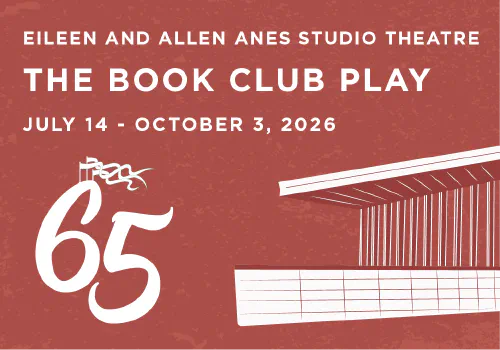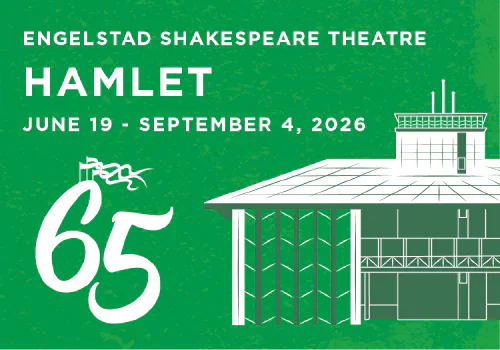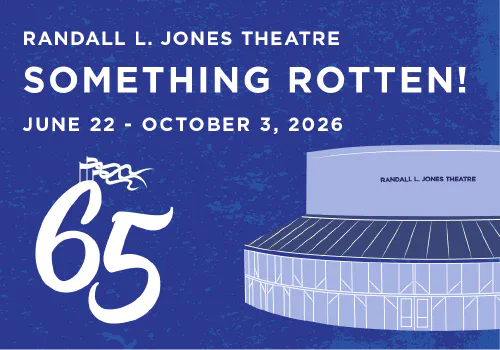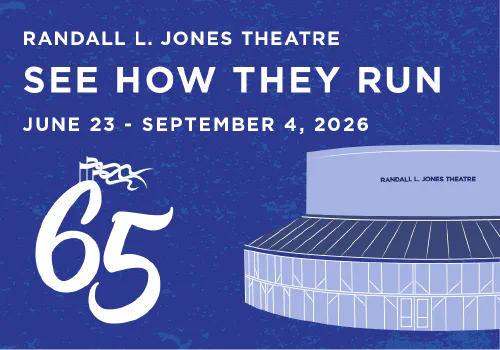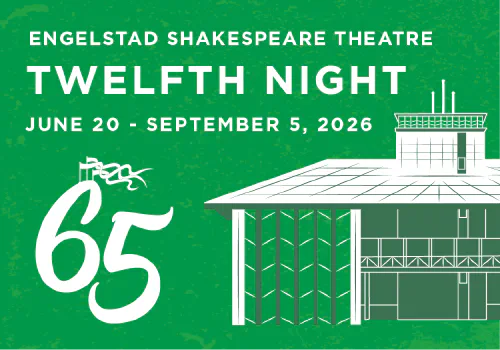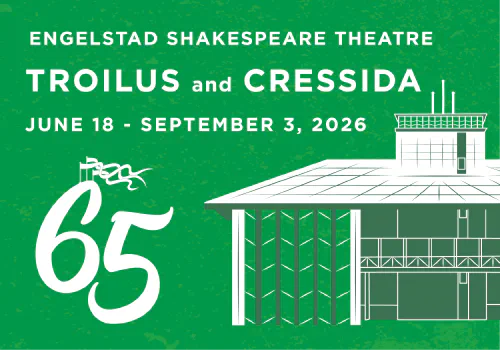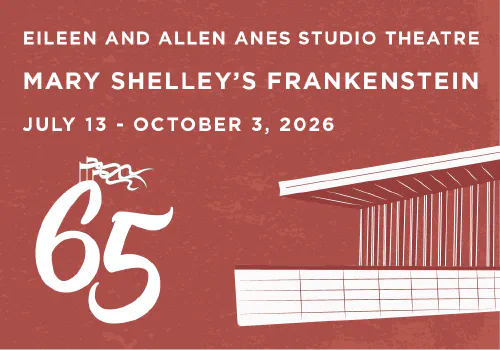By Marlo Ihler
Most may be familiar with Alfred Hitchcock’s popular 1935 thriller film, The 39 Steps. Some may even be aware of the novel of the same name by John Buchan. So, what about the theatre version of The 39 Steps? How does it fit into the scheme of things? All the writers’ versions are certainly connected by more than just name. The plot lines and main characters are similar, though not identical, and each version is different enough to warrant some description.
The first rendition, Buchan’s spy novel, was written in 1914 and published in 1915. Buchan (1875–1940) was a noted novelist, biographer, historian, member of British Parliament, and ultimately governor-general of Canada who signed Canada’s declaration of war against Germany in World War I (Bloom, Harold, ed., Twentieth-Century British Literature: Vol I. [New York: Chelsea House Publishers, 1985] 255).
Buchan wrote The 39 Steps for his own interest and entertainment during a period of illness when he was confined to his bed. Ironically, the novel gained so much popularity that it has been continuously in print since its original publication (http://www.lajollaplayhouse.org/KBYG/The-39-Steps). The main character of Richard Hannay became a prototype for the thriller genre because Buchan was the first to realize the dramatic value of “adventure in familiar surroundings happening to unadventurous men” (Bloom, 256). This novel was the first in a series of five books featuring Hannay, who was loosely based on a friend of Buchan.
In the same year that Buchan was appointed as governor-general of Canada by King George V, Alfred Hitchcock (1899–1980) directed a film adaptation of The 39 Steps. He added a love interest as well as altering the “MacGuffin,” a Hitchcockian term describing an idea or object whose existence drives the entire plot of the film, though it may never even be seen in the movie (http://www.lajollaplayhouse.org/KBYG/The-39-Steps). By their very nature, espionage thrillers and MacGuffins go hand in hand, and few filmmakers are as well known for both as Hitchcock.
Hitchcock’s interest in film began as a teenager in London, though later in college he studied engineering and was quite a skilled artist. He began his fifty-plus year career in the film industry in London as a title designer. Shortly thereafter at the age of twenty-four he jumped at the chance to direct when a director fell ill in the middle of a project. Hitchcock took over, and the studio was impressed with his work. Thus began his work as one of the most widely-known and influential directors in cinema history (http://www.imdb.com).
After making a few more films, he was intrigued with the idea of adapting Buchan’s novel into a movie. As previously mentioned, Hitchcock altered the storyline somewhat, and audiences and critics loved the result. One reviewer from The Sunday Times said, “There is no doubt Hitchcock is a genius. He is the real star of the film” (http://www.lajollaplayhouse.org/KBYG/The-39-Steps).
Because of the film, he not only received the name “Master of Suspense,” but also caught the attention of American producer David O. Selznick, who offered him an eight-year contract in Hollywood (http://www.lajollaplayhouse.org/KBYG/The-39-Steps).
Over the next thirty years, he made numerous films that were both successful and cutting-edge through innovative camera work, editing, and use of sound and score. Other films were not as popular, but he still maintained his celebrated image. He was nominated throughout his career for various best director Oscars, but amazingly he never won. The year before he died he received the American Film Institute’s Lifetime Achievement Award, as well as being knighted by Queen Elizabeth II. He died of renal failure in L.A. in 1980.
In 1995, two writers with the Midsommer Actors’ Company in North England, Nobby Dimon and Simon Corble, created an original concept of The 39 Steps that toured as a theatre version to small venues throughout the U.K. with great success (Johns, Dick, The 39 Steps:**A Teaching Resource Pack [London: The Mousetrap Foundation, 2006] 3). This version was based both on Buchan’s novel and Hitchcock’s film, and it featured four actors playing all the parts.
Patrick Barlow (b. 1947), co-founder of the legendary two-man British comedy theatre troupe, National Theatre of Brent (NTB), was then asked to adapt the script. Like his work with NTB, the stage version of The 39 Steps is a madcap comedy with few actors, in this case four, who play over 150 characters!
This cast of four actors reenact all of the characters, locations and famous scenes in Hitchcock’s 1935 film with only a few props and a ton of theatrical ingenuity and split-second quick changes.
From an interview with Barlow in 2006, he says his work on this adaptation stemmed from taking Hitchcock’s film and, giving himself “lots of liberty to change” things, and then simply adding others “that make me laugh” (Johns, 9–10). He adds that it is pastiche, a piece that openly imitates previous work of other artists (in this case, Hitchcock), often with satirical intent. “But it is very important that there is a real story going on . . . about a man who is lonely and lost. . . . There is a journey,” Barlow says.
Barlow’s hilarious adaptation premiered in England in 2005 and moved to London’s West End in 2006. The following year it won an Olivier Award for “Best New Comedy.” The first U.S. production was at the Huntington Theatre Company in Boston, before it came to Broadway in 2008 where it won two Tony Awards and two Drama Desk Awards. It closed on Broadway on January 10, 2010, after the longest run of any comedy-thriller on Broadway with 771 performances.
It also had its West Coast premiere at La Jolla Playhouse (California) before its cast started on a national tour set to run from fall 2009 to summer 2010. In addition, the show re-opened on off-Broadway in March 2010, and ran through January 2011 (http://www.ibdb.com, http://www.broadwayworld.com).
It is interesting to note during the Festival’s 2010 production of the play, actor Ted Deasy starred as Richard Hannay in the national touring cast of The 39 Steps. Deasy performed at the Festival in 2005 as Bertram’s father and Bertram (yes, both!) in Shakespeare’s All’s Well That Ends Well, and as The Reverend in The Foreigner.
In 2021, it was announced that Benedict Cumberbatch is set to produce and star in a present-day adaptation of the well-known novel as a limited series on Netflix. The script will be written by Mark L. Smith, who is best known for penning the screenplay for the Oscar-winning movie The Revenant.
With so many involved in the making and remaking of the story of The 39 Steps, it is no wonder it has had such a long life in so many different forms. The Utah Shakespeare Festival is pleased to be a part of this history and knows that audiences will enjoy Barlow’s uproarious comedy, The 39 Steps.



